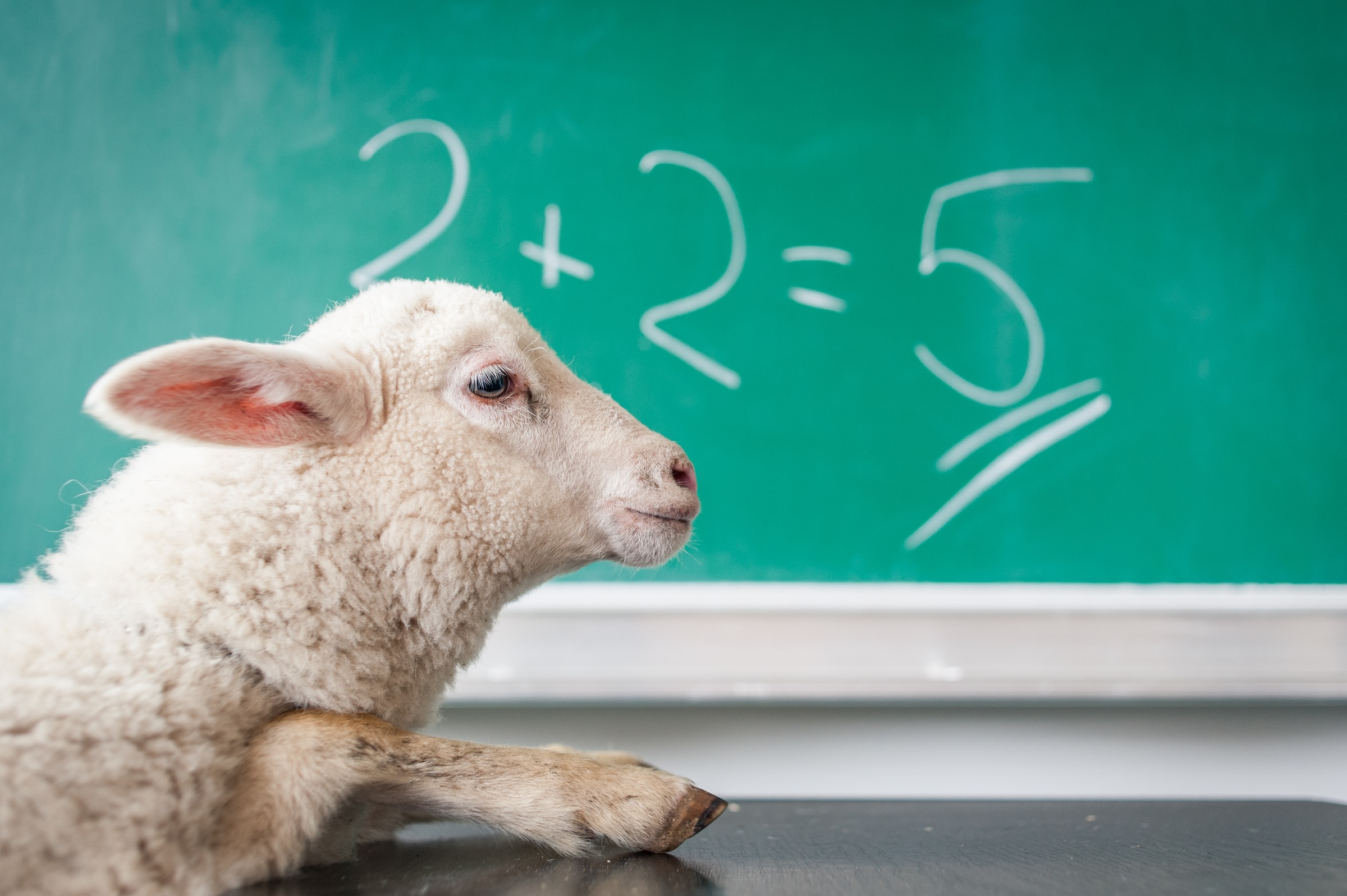Hey! Have you ever thought about how many pronouns there are in the English language? If yes, this article will definitely help you make it clear. We will talk about all groups of English pronouns and their forms.
But what is a pronoun? In simple words, a pronoun is a part of speech that takes the place of a noun. Some pronouns have number (plural, singular) and person (first person, second person, third person). There also are different types of pronouns. In modern English there are 8 groups of pronouns. Let us talk about each group separately.
Subject pronouns / Personal pronouns
Personal or subject pronouns are the simplest ones. They are used in a sentence to replace the subject. These pronouns answer the question “Who?”. For example: “I love him”. Subject pronouns are:
| singular | plural | |
| first person | I | we |
| second person | you | you |
| third person | he, she, it | they |
Object pronouns
Object pronouns are used as an object in a sentence (for example, the object of a verb). They answer the question “Whom?”. For example: “I love him”. The object pronouns are:
| singular | plural | |
| first person | me | us |
| second person | you | you |
| third person | him, her, it | them |
Possessive pronouns
Possessive pronouns are used to show someone’s possession, in other words, that someone owns something. It is also used without any nouns after it and can replace the possessive adjective + noun phrase. Here are all the possessive pronouns.
| singular | plural | |
| first person | mine | ours |
| second person | yours | yours |
| third person | his, hers | theirs |
Here we should also talk about Possessive adjectives. They are not really pronouns, but they look so similar to them, so we have included possessive adjectives in this article to avoid confusion. These adjectives show someone’s possession of something or someone. Note down, that after a possessive adjective should go a noun. You can’t say: “This room is my”. You should say: “This room is mine (possessive pronoun) / This is my room (possessive adjective + noun)”.
| singular | plural | |
| first person | my | our |
| second person | your | your |
| third person | his, her, its | their |
Reflexive pronouns
Reflexive pronouns show how some action could affect someone, foe instance: “I will do it myself”. All reflexive pronouns end in “-self/selves” that is why they are so easy to remember.
| singular | plural | |
| first person | myself | ourselves |
| second person | yourself | yourselves |
| third person | himself, herself, itself | theirselves |
Demonstrative pronouns
Such pronouns define the object after it, for example: “This cat is black”. We can divide demonstrative pronouns into singular (this, that) and plural (these, those).
| singular | plural |
| this | these |
| that | those |
Indefinite pronouns
Indefinite pronouns do not specify (define) anything, that is why they are named this way, for instance: “Is anybody here?”. They do not have a person or number. There is a list of indefinite pronouns below.
- all
- any
- anybody
- anyone
- anything
- both
- each
- either
- everybody
- everyone
- everything
- few
- many
- much
- most
- neither
- nobody
- none
- no one
- nothing
- other
- several
- some
- somebody
- someone
- something
- such
Interrogative pronouns
Such pronouns usually (but not all of them) are used as Question words in interrogative sentences, for example: “Who has taken my sandwich?”. There is a list of all interrogative pronouns below.
- what
- which
- who
- whom
- whose
- whatever
- whichever
- whoever
- whomever
Relative pronouns
Relative pronouns introduce relative clauses. A relative clause connects ideas by using pronouns that allow the writer to combine two independent clauses into one sentence. For example: “He drove past the university which I just graduated from”. Here are the most common relative pronouns.
- as
- that
- what
- which
- who
- whom
- whose
- whatever
- whichever
- whoever
- whomever
In closing, let’s remember that there are 8 groups of pronouns. Some of them have number and person. Now you know all these groups, and next you can practice using pronouns!










Comments (0)